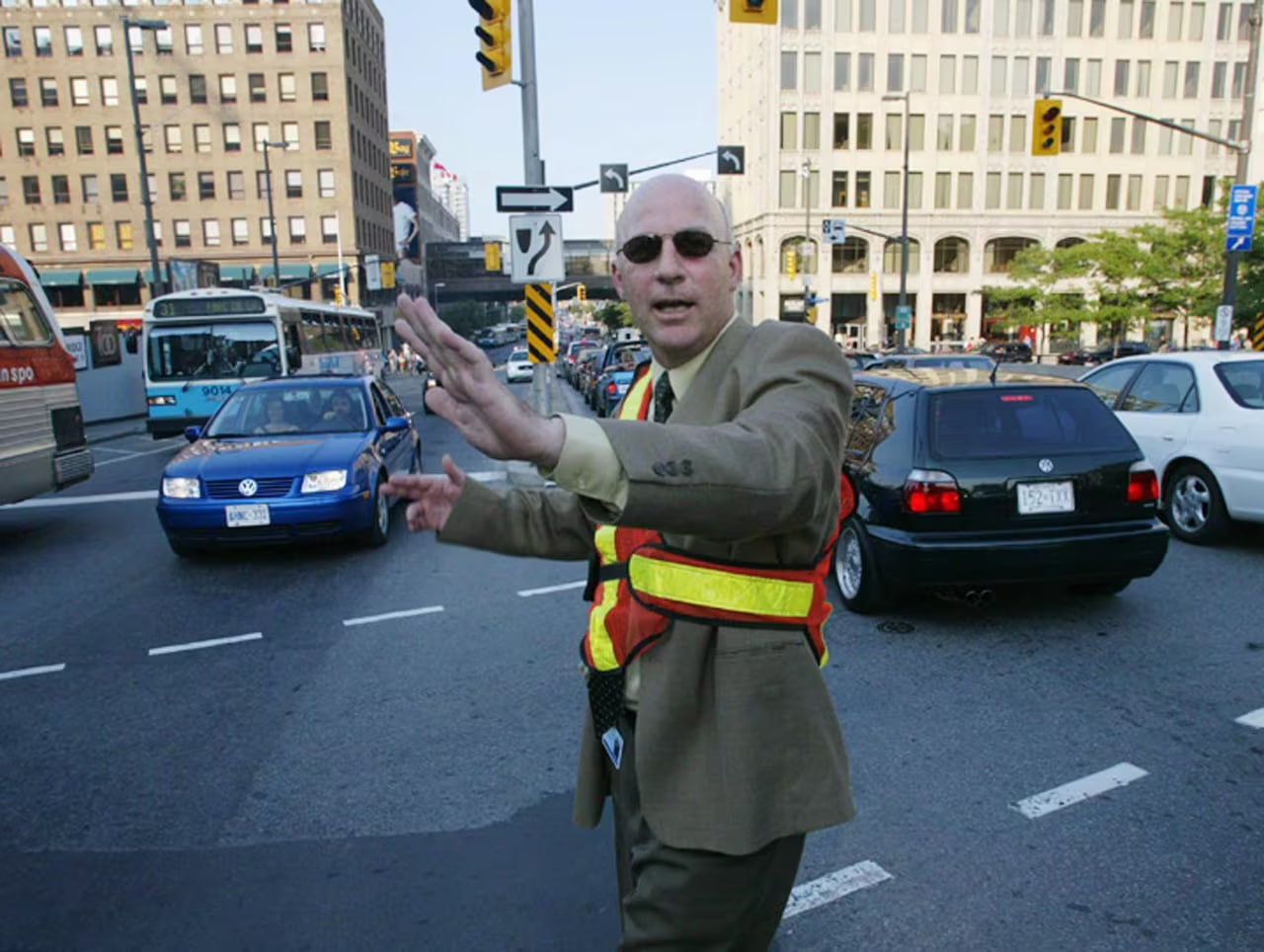‘There are only a handful of these situations in your life, when everyone pulls together’
It’s been 20 years since more than 50 million people went without electricity after a massive power outage toppled grids in Ontario and the eastern United States on Aug. 14, 2003.
Shortly after 4 p.m., public servants looking to get a jump on the hot evening poured onto the streets, only to be met with downed traffic lights and commuter chaos. The more diligent office workers were faced with powerless computers and dead air conditioners.
Around 100 electrical plants, including 22 nuclear power plants, shut down leaving more than 50 million people over roughly 24,000 square kilometres without power for varied lengths of time, some up to four days.
The blackout affected eight U.S. states and most of Ontario including Toronto, Ottawa, Kingston, Sudbury, Kitchener, London and Windsor.
The source was more than 800 kilometres away from the nation’s capital in Cleveland, Ohio. Three power lines had sagged into overgrown tree branches, shorted out and sparked the largest blackout in North America’s history.
Despite the power outage in Ottawa, Gatineau remained fully lit.
‘Wild speculation’
Tom Adams, an Ontario based energy analyst provided insight to CBC Toronto on that day 20 years ago.
“I realized this was a major event and I actually went down to the CBC office,” he told Ontario Today on Monday. “I tried my best to explain what was going on at the time.”
He said there was “wild speculation,” with politicians speaking on complicated matters, and some people guessing that it may have been due to terrorist activity.
“It was a wild period,” he said. “It wasn’t really until after the fact through international inquiry between Canada and the U.S. that we got to the bottom of it.”
Communities came together
On that fateful day, Luke Maloney-Hall was celebrating his 14th birthday in Arden, Ont., a small town 60 kilometres southwest of Perth.
As teens did, he was at the public library checking his emails and MSN account when the power went off. He then went down to the lake where his uncle lived to celebrate his birthday.
Living so close to the water, his uncle relied on a pump to prevent basement flooding.
“I guess this was the first realization for some people that they need a backup generator,” he said laughing.
“He ended up with about a foot of water in the basement, and I spent most of my birthday bailing out water from the basement with my cousins.”
His family, neighbours, cousins and community members all chipped in to help.
“There are probably only a handful of these situations in your life, when everyone pulls together and helped each other out through this really strange situation,” he said.
Despite the crummy birthday, it ended up being a fond memory of people coming together and helping out during a crisis.
“It sucked at the time but it had that interesting community feel that only happens every so often.”
Increased preparedness
Norm Fraser was the COO of Hydro Ottawa in 2003. That day he was coming back from vacation with his wife in New England.
“I got a call from a manager saying I should probably come into the office,” he said on CBC’s All in a Day on Monday. “The next few days were riveting, they’re going to be embedded in my memory forever.”
He knew it was a huge problem right away, but since the source of the issue wasn’t in his jurisdiction, there wasn’t much he could do.
“Restoration for us was mostly about communicating,” he said. “There was very little we could do because the power just wasn’t coming in.”
He explained that international, national and provincial safeguards have been put in place to prevent a similar scenario.
The big change, however, comes with the introduction of social media and smartphones in utility companies’ emergency responses.
“Companies can get to their customers faster with better information on the platforms that the customers are already looking at.”







